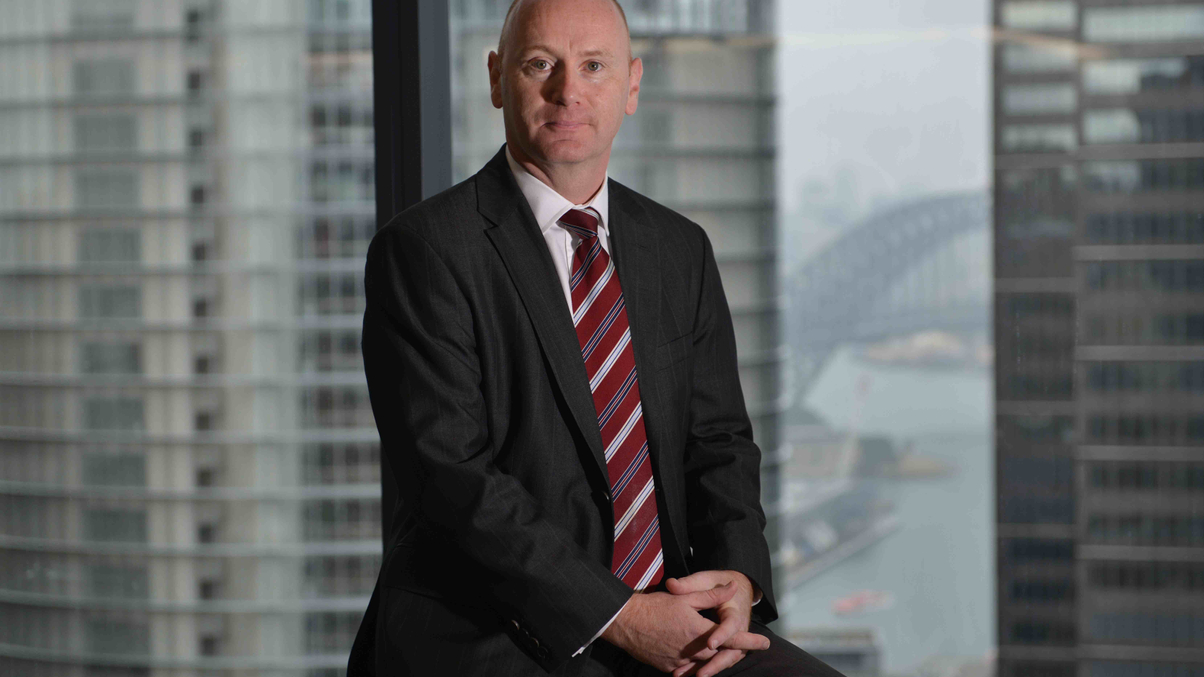Taking the first steps into alternatives
Gary Brader, group chief investment officer at QBE

Gary Brader is group chief investment officer of QBE, a Sydney-based general insurance firm with operations across 46 countries and $31 billion in assets under management.
Sign in to read on!
Registered users get 2 free articles in 30 days.
Subscribers have full unlimited access to AsianInvestor
Not signed up? New users get 2 free articles per month, plus a 7-day unlimited free trial.
¬ Haymarket Media Limited. All rights reserved.


